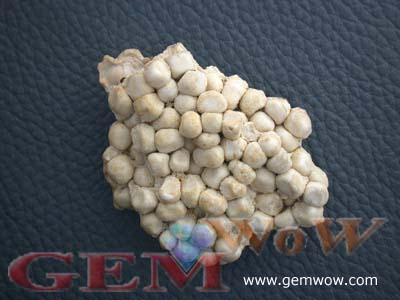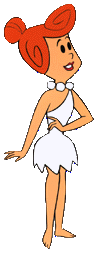V
Valeria101
Guest
Some folks call them that - 'cave pearls'. They are calcite concretions that somehow are lucky enough to form as free-floating, rotating objects in a saturated solution and end up round (REF). Sometimes perfectly so! It can happen that at some point the round concretions settle down and become embedded in more calcite growth, their shapes dulled and distorted.
Anyhow, these things are rather unusual and quite spectacular to see in their original environment. The reaction is usually 'wow' !
Finding THIS listed today reminded those things.

Have seen my fair share of these during caving stints back in college vacations... Should have been wise enough to take pictures, I guess
Below is a more typical array of small 'cave pearls'.

Who says that bits of info have to be relevant to be fun!
Anyhow, these things are rather unusual and quite spectacular to see in their original environment. The reaction is usually 'wow' !
Finding THIS listed today reminded those things.

Have seen my fair share of these during caving stints back in college vacations... Should have been wise enough to take pictures, I guess
Below is a more typical array of small 'cave pearls'.
Who says that bits of info have to be relevant to be fun!

